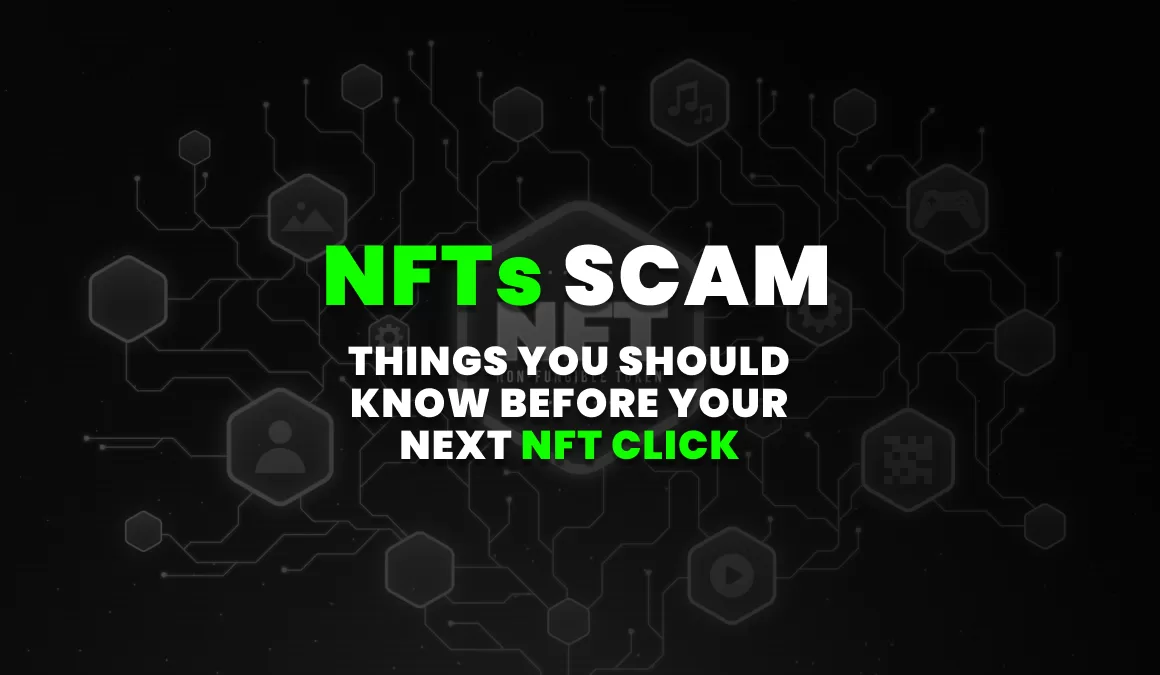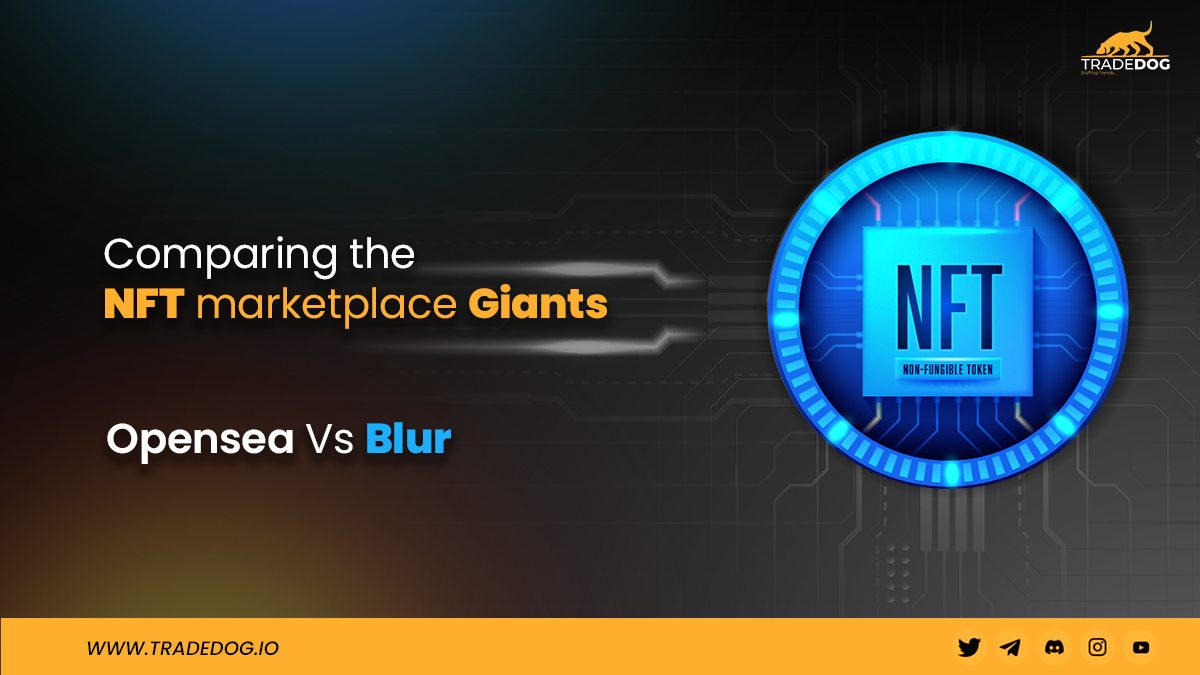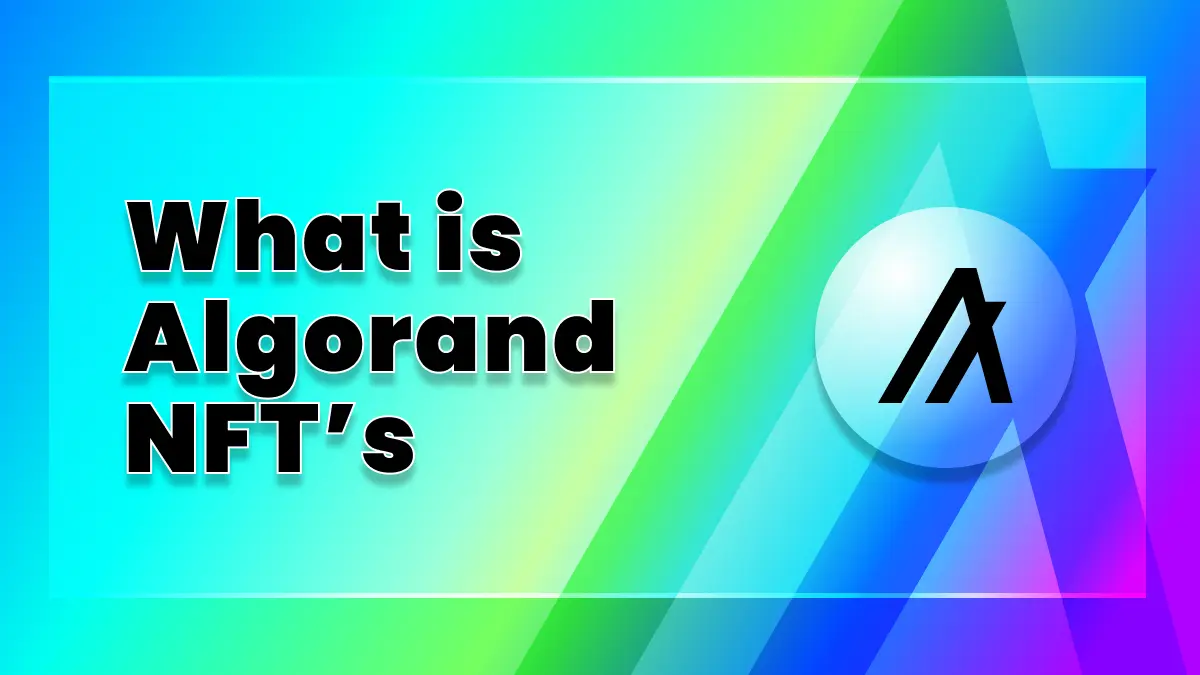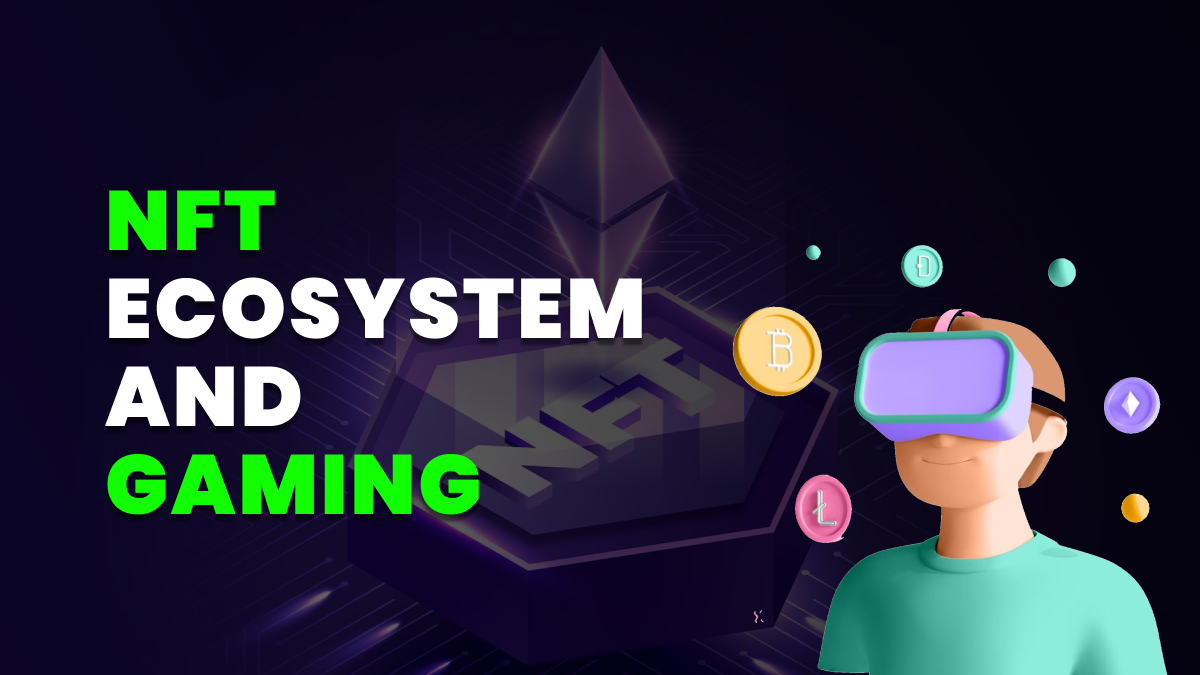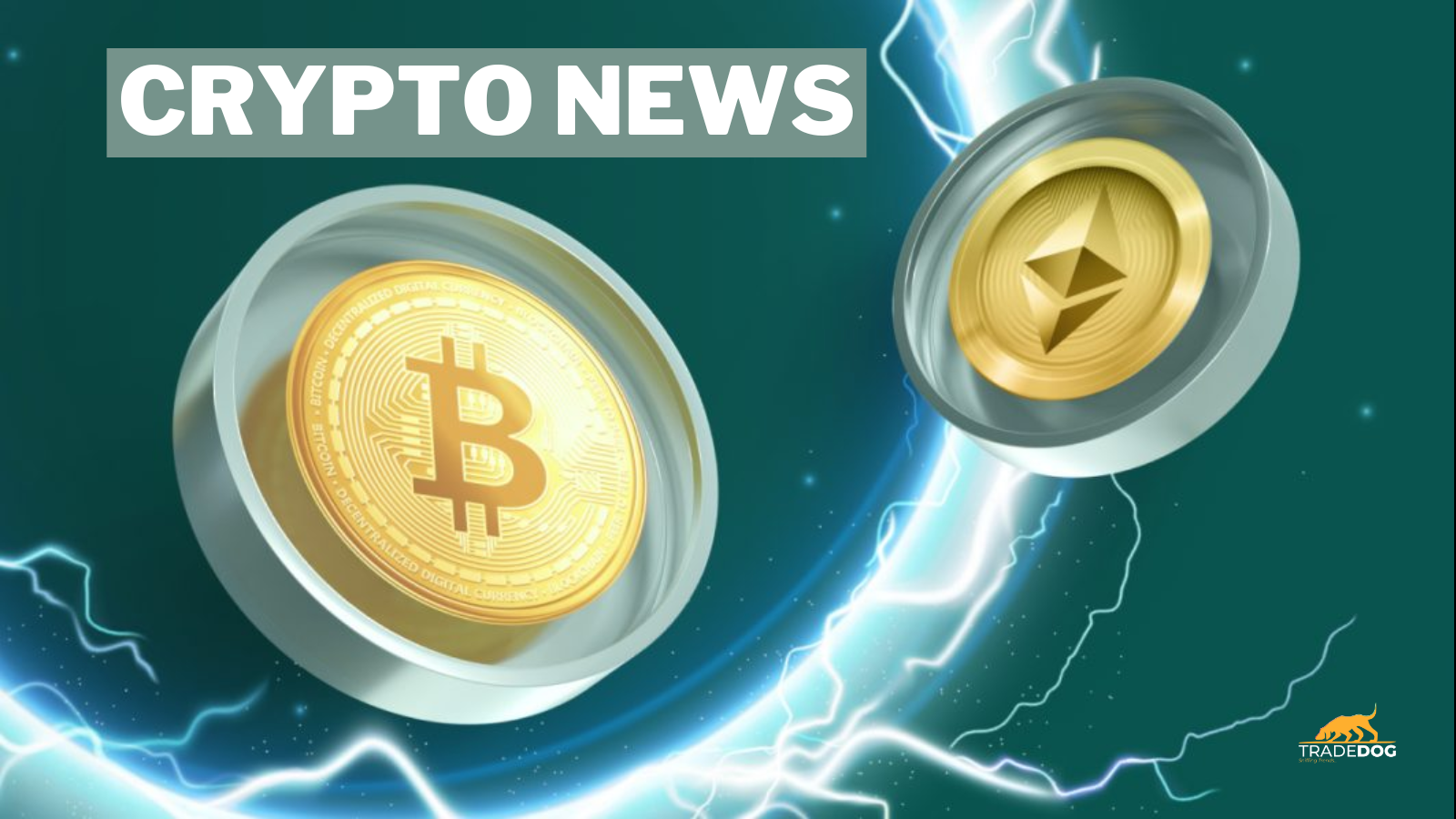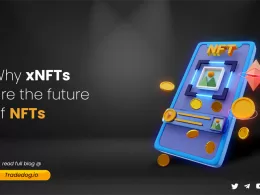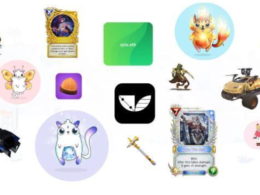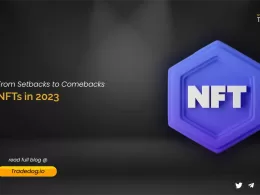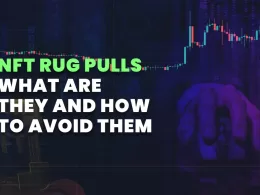Quick Links
Investors, brands, and businesses, whether they support non-fungible tokens (NFTs) or not, cannot ignore this new technology. The NFT market exploded in 2021, with backing from celebrities such as Snoop Dogg, Mark Cuban, and Stephen Curry. However, as the popularity of NFTs grew, so did public interest in NFT scams, with Google searches reaching an all-time high in early 2022.
As more money enters the NFT industry, so do malicious actors hoping to profit at the expense of ordinary NFT users. NFT scams have become increasingly sophisticated and severe in recent months, emphasizing the caution that users must exercise in a decentralized environment. Scams come in many forms, and it’s critical to understand how to spot them so you can avoid them.
Here, you’ll find:
· What Are NFTs?
· What Are NFTs Scams?
· How to Verify an NFT?
· What if I get Scammed?
· Pro Tips: How to Avoid NFT Scams
What are NFTs?
Non-fungible tokens (NFTs) are cryptographic assets on a blockchain technology that are distinguished by unique identification codes and metadata. NFTs cannot be exchanged or traded in the same way that other cryptographic assets can.
Collectibles such as digital artwork, sports cards, and rare items, currently dominate the market for NFTs. NBA Top Shot, a space to collect non-fungible tokenized NBA moments in digital card form, is perhaps the most hyped space. Some of these cards have fetched millions of dollars at auction.
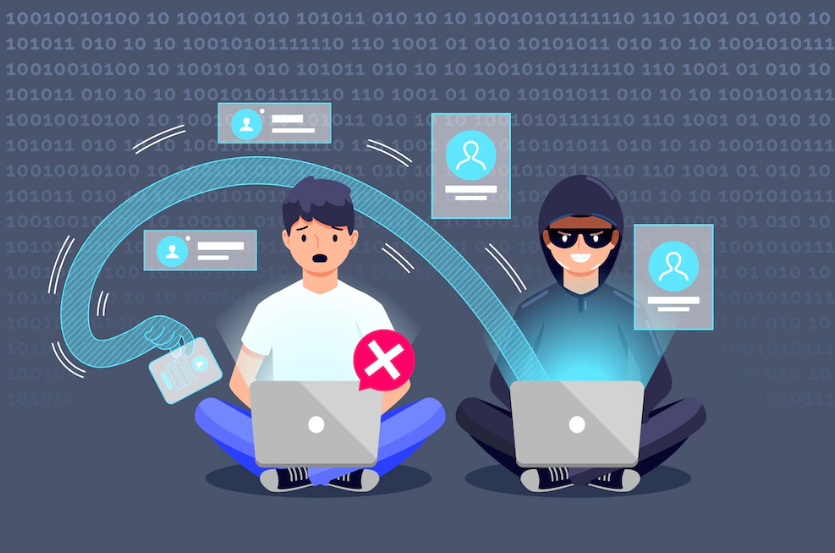
What Are NFTs Scams?
NFT scams operate by duping you into believing you have successfully purchased or sold a legitimate NFT or by stealing confidential information such as your crypto wallet login credentials. Cybercriminals are drawn to the monetary value of NFTs, which is why they constantly adapt and improve their traditional hacking methods, such as phishing and social engineering, to break into user accounts and steal NFTs.
# Phishing
Phishing scams are one of the most common crypto scams and are very common in the NFT space. In this scenario, scammers attempt to gain access to your wallet information by providing a bogus app or website that collects your data.
To purchase an Ethereum-based NFT, you will need a crypto wallet that supports ERC-721 tokens, such as MetaMask or Trust Wallet. Scammers target these wallets by sending out fake links to sites that ask for your private keys or seed phrases. If you reveal this information, the scammers will proceed to steal your NFTs.
The best way to avoid this is to never share your private keys or seed phrase with anyone else.
# Fake Links
Scammers have many opportunities during the initial sale of an NFT or the creation of a new NFT. The process of issuing an NFT is not difficult, but if a user is inattentive or acts on a wave of hype, they may make a mistake.
Scammers, for example, will post fake links in chats and channels to websites where NFTs will supposedly be minted. Users lose all NFTs by clicking on them and syncing their wallets with a scam site.
# MetaMask Crypto Wallet Scam
Scammers ask a user to share their screen, after which they direct the victim to a wallet section designed to connect MetaMask to various devices. An attacker can then set up a wallet on their own device, gaining full access to the user’s funds.
# Fake Copies of Original NFTs
Fraudsters also create replicas of original NFTs and sell them as genuine. Technically, this is not difficult because an NFT is simply a record on the blockchain that a digital file belongs to a specific address. The only difference between copies and originals is the address and the fact that one had a hand in the real author of the image or NFT, while the other did not. Scammers can duplicate the original GIF or JPEG image, create a new NFT, and pass it off as the original.
# Investor Scam
Investor fraud scam when bad actors create fake NFT projects and promote them as legitimate projects. In reality, the fraudsters only collect investors’ money and then abruptly close shop, leaving investors to count their losses.
The Evil Ape scam is one example. The anonymous developer known as Evil Ape who promised that game vanished a week after the project’s launch, as did the project’s official Twitter account and website.
# Fake Social Media Impersonation
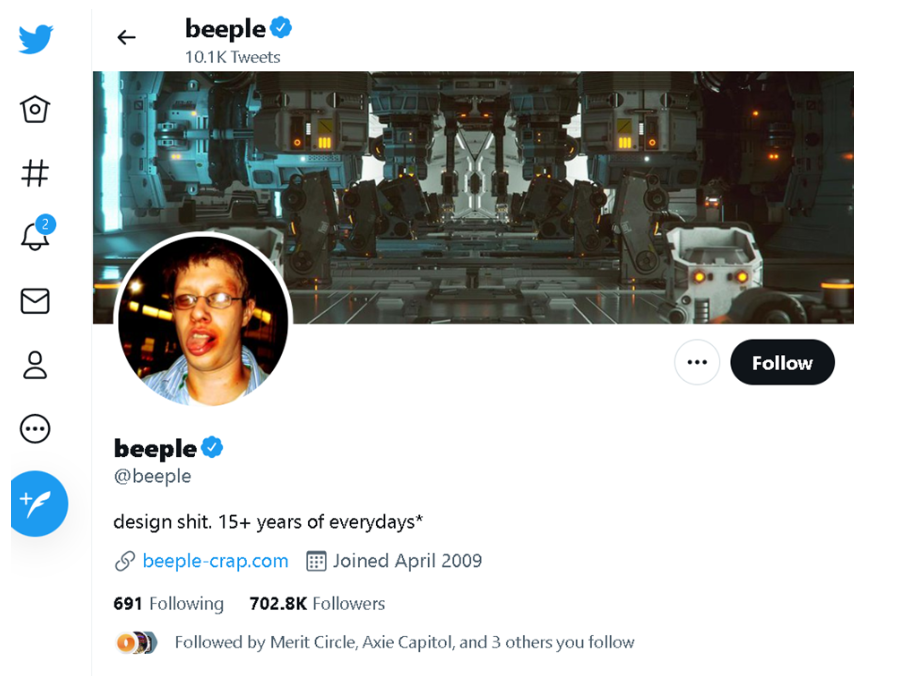
The image above is of the official Beeple Twitter page. Scammers, on the other hand, frequently copy popular NFT accounts, creating fake pages that closely resemble the originals. Scammers can use these fake accounts to persuade users of their legitimacy and thus sell them fake NFT artworks. It’s essentially another way for them to profit from selling fake artworks.
You should also conduct a quick Google search for the NFT creator’s social media pages to see if there are any other accounts with a similar name and significantly more followers, as this could be the legitimate page. You can also check the other accounts of that specific NFT creator to see if they have links to other social media.
# Fake Customer Support
Scammers frequently impersonate legitimate NFT customer service pages in order to obtain sensitive information from unknowing NFT owners.
This is fairly common on Discord, where many NFT project communities are hosted. If you connect to one of these bogus customer service servers rather than the official one, scammers may ask you for sensitive information such as your private key or seed phrase in order to “fix” whatever problem you are experiencing.
Instead of simply Googling a specific server or looking for it on Discord, try accessing it through the NFT creator’s official website or social media first. If you can’t access the server this way, you should look at how many followers it has, as a fake server is unlikely to have thousands. However, once you’re on an active-yet-fake NFT Discord server, you’ll almost certainly encounter NFT scams.
# Giveaway Scams
Fake NFT social media accounts and Discord servers can host fake NFT giveaways and trick users into thinking they’ve won big. NFT scams can also be found on Twitter. A fake NFT account will message users, usually on Twitter or Discord, telling them they’ve won an NFT. The user will then be directed to a fake NFT website, where they will be asked to connect their crypto wallet and enter their seed phrase or private key.
If a scammer obtains this phrase or key, it’s game over because it gives them immediate access to your wallet, where they can drain your funds and leave you with nothing. So, although it may seem obvious, do not click on any random links sent to you via social media. Furthermore, verify the legitimacy of the account that sent you the message.
you really want to click on the link, make sure the URL matches that of the NFT company’s official website. If it appears unusual, stay away because you’re about to visit a phishing website.
# Pump-and-dump Scams
Unfortunately, pump-and-dump schemes are becoming more predictable in the crypto and NFT worlds. When a group of people buys a large quantity of NFTs or currency, they artificially increase demand. Once successful, the schemers cash out when prices are high, leaving those who did not participate with worthless assets.
Similarly, you may have heard the term “paper money” in reference to NFT projects that aren’t technically scams but have limited liquidity due to a small number of aggressive buyers.
Examine the history and wallet records of any project you’re considering. With EtherScan, you can view all incoming and outgoing Ethereum blockchain transactions. View the number of transactions and buyers for the NFT collection on the NFT marketplace. This is where blockchain’s transparency comes in handy.
Follow the project on Twitter and join its Discord and other official channels. For a project to have good liquidity and/or long-term community or artistic value, there should be a large number of engaged investors and collectors, as well as an active community where people chat, engage, and share information.
How to Verify an NFT?
Non-fungible tokens are distinct digital assets that can be traded on the marketplace. NFTs are stored on the Blockchain and can be tracked using NFT tracking platforms.
Using a blockchain explorer, such as Etherscan.io, to examine an NFT’s metadata is one way to verify its authenticity. This is accomplished by entering the NFT’s hash: a unique string of letters and numbers that identifies it.
Digital certificates can be used to validate the ownership and transfer rights of digital assets on the Blockchain. Digital certificates are not used by all NFTs, but they are used by some of them.
Apps to Verify NFT Ownership
1. SuperRare
2. OpenSea
3. Myth Market
What if I get Scammed?
If you were scammed while using a major NFT marketplace or exchange, such as losing access to your account or having your funds disappear, the platform may be able to assist you in recovering lost assets if the hack was determined to be the platform’s fault. Crypto.com, for example, has a policy that reimburses qualified users in the event of sitewide hacks under certain conditions.
Here are some things to try if you think you’ve been scammed or are in the middle of one:
Catfished — gave away your PII or wallet information, move your digital assets out of the compromised wallet as soon as possible. Because most wallets are built on blockchains, they cannot be deleted.
Purchased a fake NFT — If you purchased a fake NFT on a marketplace, you can report fake listings and accounts to the platform. While viewing the collection page, users can report fraud to the NFT marketplace. However, most marketplaces do not have a refund policy.
Wallet issues — receive a message about problems with your wallet, contact the wallet’s customer support directly to determine whether there is a genuine problem or if you are about to be scammed.
Explore the platform’s policies — Some platforms may have policies in place that can assist you in recovering lost funds or compromised accounts. For possible solutions, contact the platform’s customer service (usually via email or contact form).
Pro Tips: How to Avoid NFT Scams
· A poorly constructed website can be an indication of a scam. Con artists are unlikely to invest in creating an appealing and functional website.
· Consider purchasing NFTs only from verified accounts or directly from the creator.
· Avoid projects with anonymous contributors or crypto or NFT projects that appear out of nowhere.
· Keeping your NFT(s) in a cold wallet is generally safer than using a hot wallet. Cold wallets are only online when plugged in, making them less vulnerable to hacks and theft.
· Do not click on links sent to you by unknown users, especially if the link is a combination of numbers and letters (such as “https://wingk.app1472wefgfgvd5121”).





